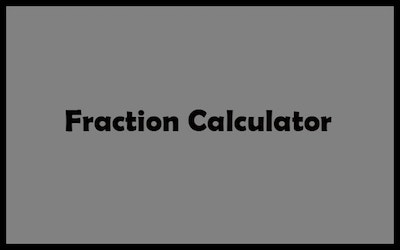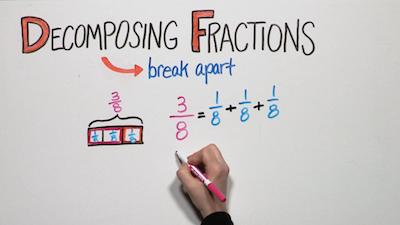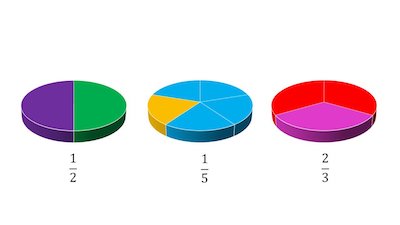The truth is that most students don’t like math and they don’t see how they need to use all the calculations they need to learn in the future. And while they may even see some benefits of using some of the calculations, they don’t understand the need to learn fractions.
Discover everything you need to know about fractions.
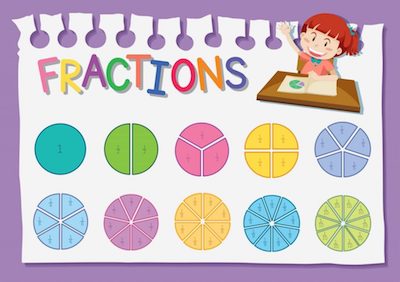
One of the things that you need to understand is that you use math every day. And math is not hard; it just needs work and commitment. So, today, we decided to tell you a bit more about the advantages and disadvantages of fractions. In the end, you will hopefully see and understand why fractions can be very helpful.
Advantages Of Fractions:
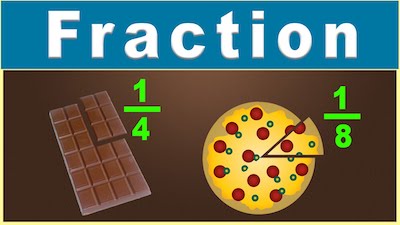
#1: The Relationship Among Numbers Is Clear:
One of the things that many students don’t understand is the need to learn fractions as well as decimals. After all, a fraction is simply a division where you divide the numerator by the denominator.
Check out our percent to fraction calculator.
However, when you are trying to compare results, for example, it may be easier to compare them in terms of fractions than in terms of decimals. The truth is that while a decimal can express the same numerical quantity, it does it with a single number. On the other hand, when you use a fraction, you will have a better overview of the relationship between both numbers.
#2: It’s More Precise:
Many students fail to realize that when they are looking for precise answers, a fraction may be a much better solution than just a decimal. And this is easier to prove. Let’s say that you have the fraction 1/4. You know that this is the same as saying 0.25. And in this case, both fractions and decimals are precise. However, when you take a look at other fractions such as 1/3, for example, and you want to convert it into a decimal, you get 0.33333333333(…). Obviously, the fraction 1/3 is a lot more precise than the decimal value.
Looking to convert percent into fraction?
Disadvantages Of Fractions:
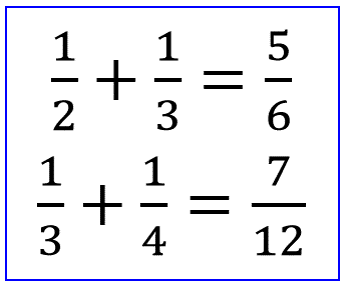
#1: Difficulties In Calculations:
One of the biggest disadvantages of using fractions is when you need to do calculations with them. The reality is that fractions calculations come with their own set of rules that you need to follow. For example, you can only sum two fractions that have the same denominator. When they don’t, you need to make them have the same denominator and then do the calculation. On the other hand, when you are using decimals, you don’t have this kind of problem.
#2: Difficulties In Interpretations:
The other main disadvantage of using fractions is related to its interpretation. While most students understand the theory behind fractions, they usually have a hard time interpreting the results they get when they are using fractions.
Discover how to convert percentage to fractions.
Bottom Line
There is no question that fractions aren’t perfect. However, as long as you understand the mechanism and how you can interpret them, you will see how powerful fractions may be.
As a side note, we have been seeing a decrease in the use of fractions in the last years. However, this doesn’t mean that they aren’t still used or that they aren’t helpful. Ultimately, both fractions and decimals are a part of math and a part of our lives.
